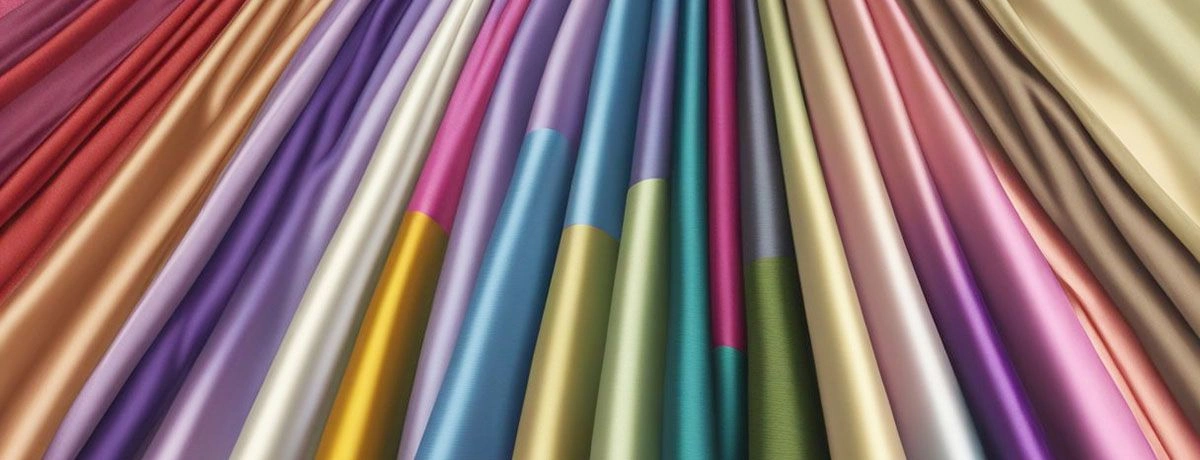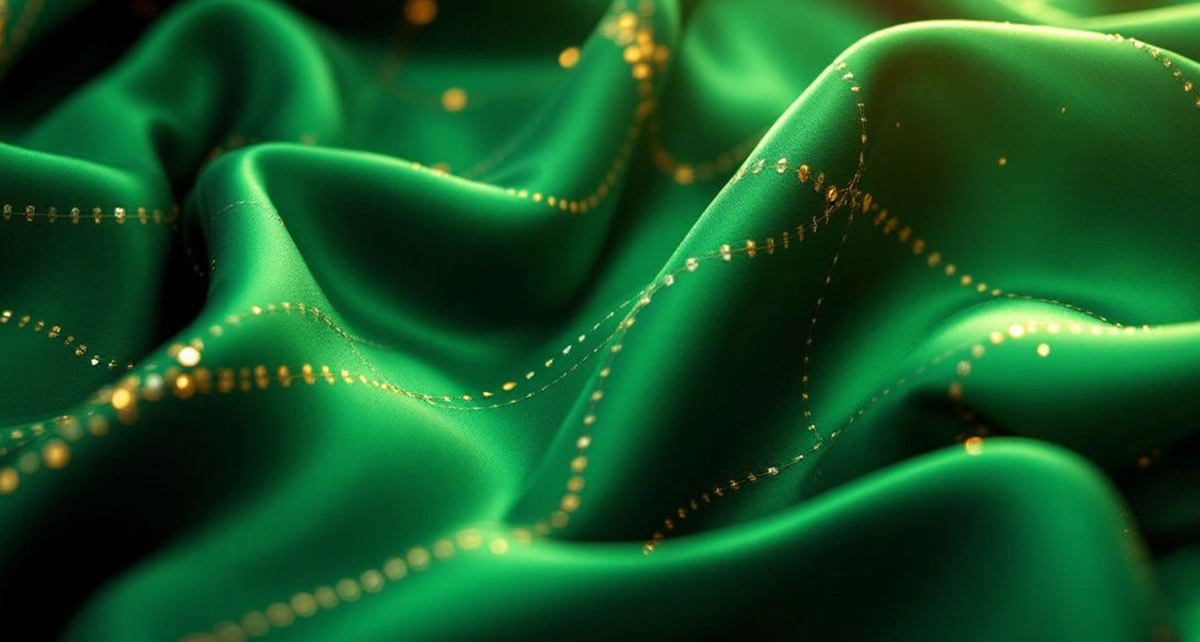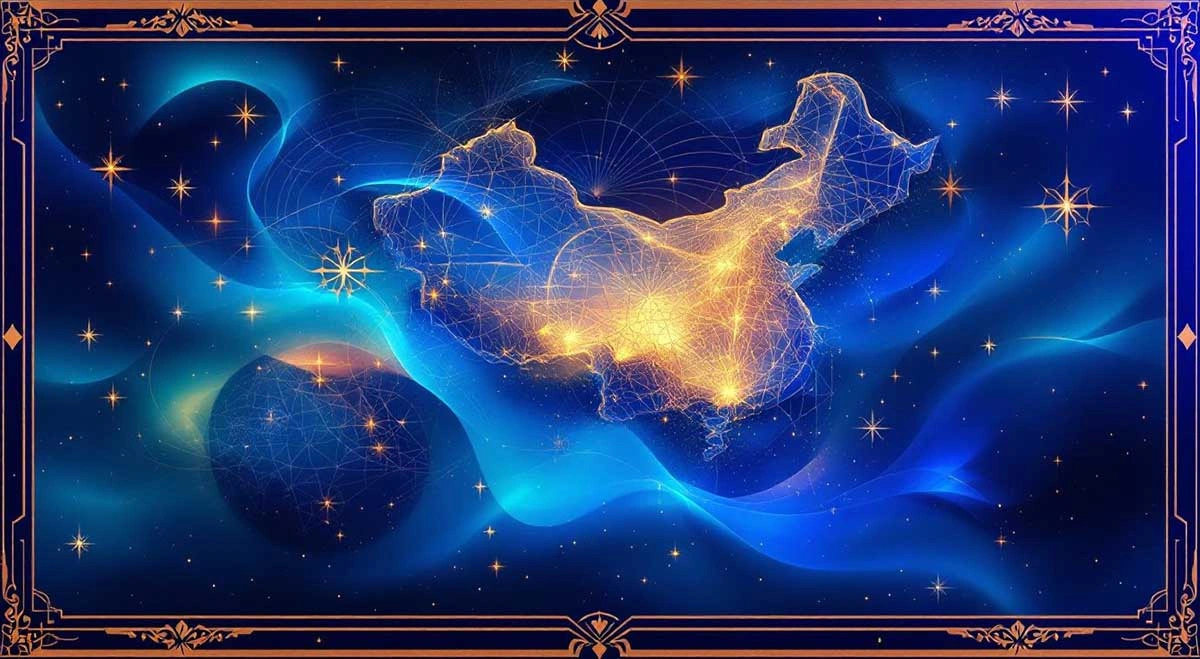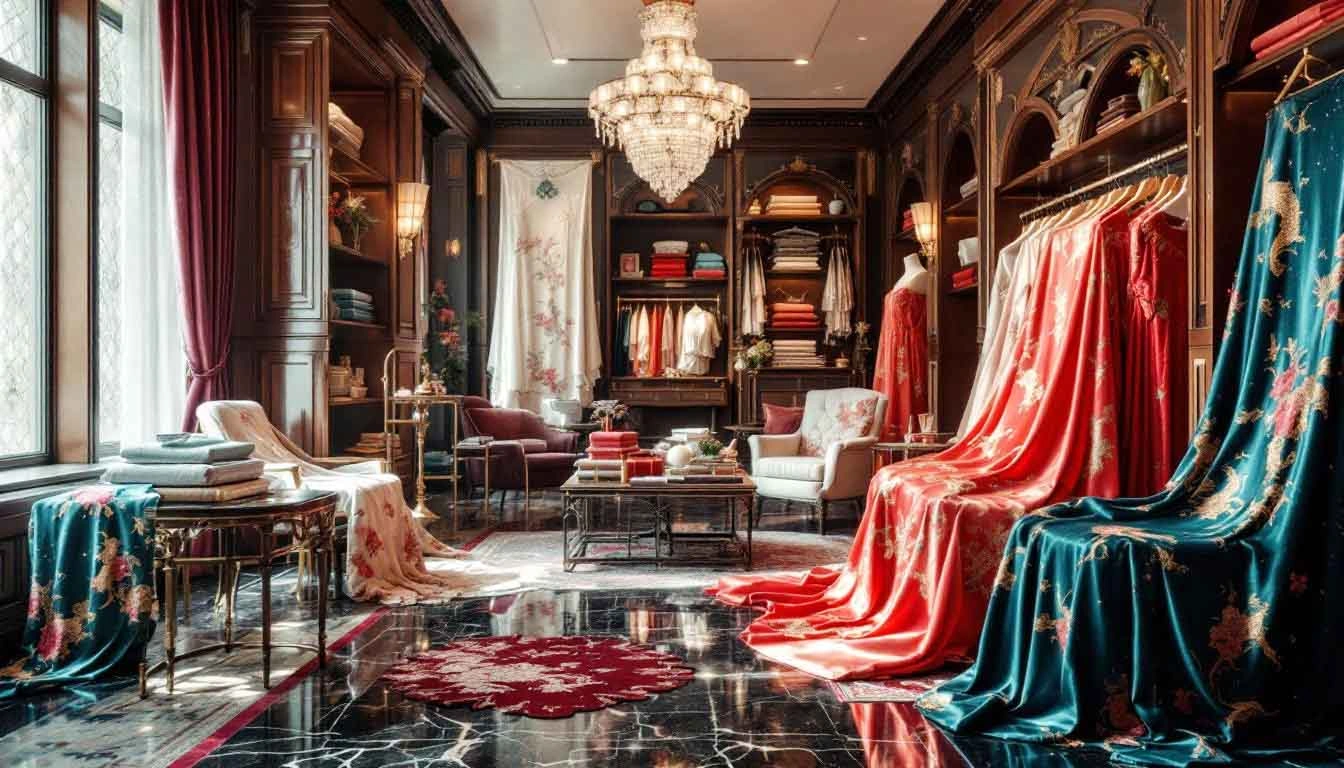Discover the Elegance of Silk Cloth Fabric

Silk cloth fabric is a luxurious material made from silkworms. Known for its softness and shine, silk is used in fashion, home decor, and industry. This article covers what silk fabric is, its types, and its applications. Silk fabric can be purchased by the yard, catering to various sewing and decorating needs.
Key Takeaways
-
Silk fabric, made from the fibers of silkworms, is known for its luxury, strength, and versatility, with a rich history dating back to ancient China.
-
The production of silk involves a detailed process called sericulture, from raising silkworms to extracting and weaving the silk threads, resulting in various types like Mulberry, Eri, and Tasar silk.
-
Silk is not just a fashion staple; it’s also used in home decor and industrial applications, highlighting its unique properties and sustainability, including biodegradability and minimal use of harmful chemicals.
What Is Silk Cloth Fabric?

Silk fabric is derived from fibroin, a strong natural protein fiber produced by silkworms. Renowned for its luxurious qualities, silk has captivated human civilization for thousands of years, making it a sought-after material in both consumer and industrial sectors. The unique triangular shape of silk fibers contributes to its shimmering effect, giving it that signature lustrous appearance that no other fabric can replicate.
Historically, silk was a symbol of status and wealth, primarily reserved for the elite. Its production traces back to ancient China during the Neolithic period, where it was not only a craft but a closely guarded secret. This rich history adds an extra layer of allure to silk, making it a timeless fabric that continues to fascinate us today.
Silk isn’t just about luxury; it’s about versatility. From delicate scarves and exquisite garments to robust industrial fabrics, silk’s strength and beauty make it a favorite across various sectors. Silk prints are a unique and sought-after type of silk fabric, often considered one-of-a-kind finds. Understanding what silk fabric is and its unique properties sets the stage for appreciating the journey it undergoes from cocoon to cloth.
The Journey from Cocoon to Cloth
The journey of silk fabric begins with sericulture, the meticulous process of raising silkworms to produce silk. Silkworms are nurtured until they spin cocoons around 7 to 8 days, after which only the best quality cocoons are harvested for production. The quality of the cocoons directly impacts the final silk fabric.
Once harvested, the cocoons are boiled to dissolve the gum that binds the silk threads, allowing for smooth extraction. The silk strands are then carefully twisted together to create silk yarn. This yarn undergoes various finishing processes to enhance its quality, making it ready for weaving. Different weaving techniques applied to the silk yarn result in a diverse range of silk fabrics, each with unique characteristics.
From the humble cocoons to the shimmering silk fabrics, this journey is a testament to the intricate craftsmanship involved. The process not only highlights the meticulous care required but also the versatility of silk, which can be turned into various types of fabrics, each suitable for different applications.
Types of Silk Cloth Fabrics
Silk fabrics come in various types, each with distinct characteristics that cater to different needs and preferences. Understanding these types helps in appreciating the versatility and unique qualities of silk.
Here, we will delve into three main types of silk: Mulberry, Eri, and Tasar, each offering something special.
Mulberry Silk
Mulberry silk is the most common and easiest type of silk to produce, making it an affordable option. Known for its notable properties, including strength, softness, and durability, Mulberry silk is often considered the gold standard in silk fabrics. Its production involves feeding silkworms exclusively on Mulberry leaves, resulting in a fine, uniform thread.
Ideal for garments like blouses, robes, and lingerie, its soft texture and elegant drape make Mulberry silk a popular choice. Mulberry silk can be hand washed and maintained easily, making it perfect for luxurious everyday wear. Its affordability and high quality make it a preferred option for many.
Eri Silk
Eri silk, also known as peace silk, is distinguished by its ethical production method that does not harm the silkworms. This type of silk is heavier and more durable compared to Mulberry silk, making it suitable for a variety of uses. Eri silkworms feed on castor trees, which contributes to the unique properties of Eri silk.
Eri silk fabric is renowned for its sheer texture and durability, making it famous for applications like scarves and lingerie. The ethical production process and robust nature of Eri silk make it a valued choice for sustainable and durable fabrics.
Tasar Silk
Tasar silk is wild silk produced by native Indian silkworms, offering a unique and irregular texture. Silk from Japanese Tasar silkworms is particularly unique because it is green. Tasar silk tends to be the least expensive among the different types, making it accessible for various uses.
This type of silk fabric is renowned for its natural color variations and texture, making it a favorite for scarves and other fashion accessories. The affordability and distinctive appearance of Tasar silk make it a popular choice among silk enthusiasts.
Applications of Silk Cloth Fabric

Silk fabric’s versatility extends beyond fashion. It finds applications in various sectors, from high-end fashion to home decor and even industrial uses. This diversity showcases the adaptability and unique properties of silk fabrics, making them a valuable material in multiple domains.
Fashion and Apparel
Silk is a preferred material in fashion due to its incredible softness and durability. Silk is commonly used to produce various apparel items. These include scarves, shirts, blouses, eveningwear, and lingerie. The luxurious feel and elegant drape of silk fabric make it a staple in the fashion industry, adding sophistication to any garment.
Beyond its aesthetic appeal, silk’s natural properties make it a practical choice for various garments. From everyday wear to high-fashion pieces, silk continues to be a beloved fabric in the fashion world.
Home Decor
Silk is also used extensively in home decorating projects. Decorative pillows, curtains, and wall hangings made from silk add elegance to any space. Silk curtains, for instance, enhance the aesthetic of a room, providing a luxurious backdrop while remaining functional.
The lightweight nature of silk makes it versatile for various decorative applications like drapes and upholstery. Its crisp feel in forms like thin silk organza makes it suitable for elegant curtains and other home decor elements.
Industrial Uses
Silk’s unique properties make it highly valued in various industrial applications. Its strength and lightweight nature are ideal for crafting high-strength parachutes and surgical sutures. The antibacterial qualities of silk make it suitable for medical applications, such as in surgical sutures.
Silk’s use in aerospace materials and other high-strength applications highlights its versatility and remarkable properties. These industrial uses refine our understanding of silk beyond its luxurious reputation, showcasing its practical and indispensable qualities.
Where Is Silk Cloth Fabric Produced?

China is the dominant silk producer globally, contributing approximately 50,000 metric tons of silk annually. India follows, producing about 38,913 metric tons each year, accounting for around 11% of the world’s total silk output. Other significant producers include Thailand, Iran, Tajikistan, Bangladesh, Uzbekistan, and Vietnam, each contributing to the global silk market.
The United States and the European Union are key consumers of silk produced in India and China. This global network of production and consumption highlights the widespread appeal and demand for silk fabrics.
Cost of Silk Cloth Fabric

The cost of silk fabric is influenced by several factors, including the limited availability of raw silk and the meticulous handling required throughout its production stages. Market demand for high-quality, handmade silk products also plays a significant role in determining its price.
Despite its higher price, a kilogram of silk can go a long way in garment manufacturing, showcasing its efficiency. The cost of silk fabric reflects its quality, production costs, and market demand.
Environmental Impact of Silk Production
Silk is a sustainable material that is non-damaging to the environment. It is 100 percent biodegradable, enhancing its appeal for use in sustainable medical products like sutures. However, traditional silk production involves killing silkworms in their cocoons, though alternatives like peace silk allow moths to emerge.
The cultivation of Mulberry trees, essential for feeding silkworms, does not require fertilizers or pesticides, benefiting the environment. These trees can also enhance soil health, providing a natural benefit during silk production.
While silk production is generally sustainable, transportation and processing can lead to significant energy consumption.
Certification and Quality Assurance for Silk
Certifications are essential for ensuring the quality and sustainability of silk fabrics. Here are some important certifications to consider:
-
Silk Mark: Guarantees the quality and authenticity of Indian silk textiles.
-
GOTS certification: Ensures that textiles made from organic fibers meet strict environmental and social criteria.
-
OEKO-TEX Standard 100: Ensures that textile products are rigorously tested and certified free from harmful substances, guaranteeing they are safe for human use.
These certifications help consumers make informed choices about the silk products they purchase.
These certifications assure the quality of silk and ensure that it is produced sustainably and ethically. Artisan craftsmanship plays a crucial role in producing quality silk, requiring skilled labor at all production stages.
Summary
In summary, silk fabric is a luxurious and versatile material with a rich history and a meticulous production process. From Mulberry to Eri and Tasar, each type of silk offers unique properties and benefits. Silk’s applications span from high-end fashion to home decor and industrial uses, making it a valuable fabric globally. Its sustainability and quality assurance through certifications further enhance its appeal. Embrace the elegance of silk and appreciate the craftsmanship that goes into creating this timeless fabric.
Frequently Asked Questions
What makes silk fabric so special?
Silk fabric stands out for its luxurious feel and natural sheen, thanks to its unique protein fiber, fibroin. It’s truly a blend of elegance and durability that makes it special!
How is silk fabric produced?
Silk fabric is produced by raising silkworms through a process called sericulture, where the silk they create is harvested, boiled, and spun into yarn. It's a fascinating journey from a tiny worm to luxurious fabric!
What are the different types of silk fabrics?
There are three main types of silk fabrics: Mulberry silk, known for its smooth texture; Eri silk, which is warmer and coarser; and Tasar silk, valued for its unique appearance. Each type has its own charm and uses, so you can choose based on what suits your needs best!
What are the environmental impacts of silk production?
Silk production can be environmentally friendly and biodegradable, but traditional methods often involve killing silkworms. If you're concerned, look for peace silk as a more humane alternative.
How can I ensure the quality of silk fabric?
To ensure the quality of silk fabric, look for certifications like Silk Mark, GOTS, and OEKO-TEX Standard 100. These labels guarantee that you're getting high-quality and sustainable silk.
